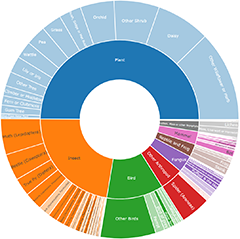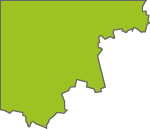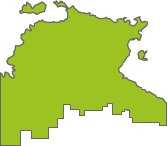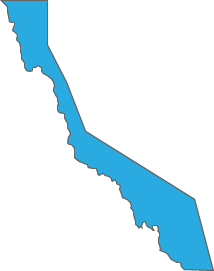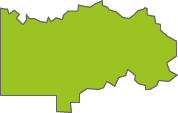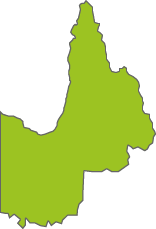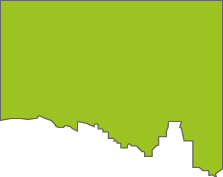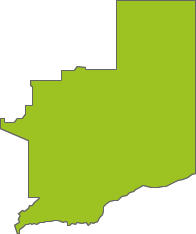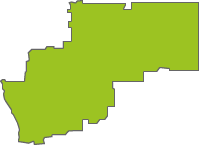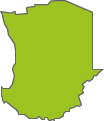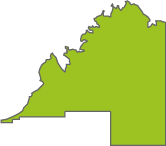Announcements
16 Mar 2025
Hello NatureMaprs!Three new priority species lists of exotic freshwater and terrestrial invertebrates, and vertebrates in the ACT have been added to NatureMapr. Uploading records of these species to N...
Continue reading
NatureMapr now receives more records in NSW than ACT
NatureMapr Data Collector 6.2.1 update
Critical nature positive infrastructure update
IMPORTANT NatureMapr Data Collector 6.2.0 mobile app update
Discussion
KylieWaldon
wrote:
9 min ago
Thanks Di. Yes apparently so. I got it again in Wodonga this season and thats what they said. Even though I couldn't find a wattle or where it had come from or how it dislodges into just a few drops like that. Very bright and pretty! I will change to plants.
Unverified Plant
JohnGiacon
wrote:
1 hr ago
Hi Nate; Mapr originally would not accept the images. I deleted and reloaded - there now. J
Trachycosmidae (family)
ibaird
wrote:
Yesterday
Nola semograpta an Nola melanogramma appear somwehat similar.
Nola melanogramma
Mike
wrote:
Yesterday
Larvae were submitted separately. Maybe I should have kept the adult longer, until it was verified. There is another pupa so I will keep the adult longer when (if) it emerges.
Psilogramma (genus)
Significant sightings
- Dysphania glomulifera subsp. glomulifera at Anglers Reach, NSW
- Walwhalleya subxerophila at Franklin, ACT
- Plectorhyncha lanceolata at Higgins, ACT
- Sceptridium australe at Wyanbene, NSW
- Austrochloritis abrotonus at Berlang, NSW
- Sphaeniscus atilius at Melba, ACT
- Keyacris scurra at Manar, NSW
- Sardia rostrata at Melba, ACT
- Bossiaea grayi at Kambah, ACT
- Bossiaea grayi at Kambah, ACT
Recent activity
Trachycosmidae (family) at Belconnen, ACT
Top contributors
- AlisonMilton 15.9K
- trevorpreston 15.3K
- Hejor1 12.5K
- Tapirlord 11.3K
- MichaelBedingfield 10.7K
- RodDeb 10.2K
- Mike 9.7K
- kasiaaus 9.4K
- ConBoekel 8.5K
- KylieWaldon 8K
Top moderators
- MichaelMulvaney 55K
- Tapirlord 38K
- MichaelBedingfield 21.8K
- Liam.m 18.7K
- donhe 17.1K
- natureguy 15.6K
- ibaird 14.5K
- AlisonMilton 10.7K
- MatthewFrawley 10K
- BettyDonWood 8.2K
Explore Australia by region
Australian Capital Territory
Canberra & Southern TablelandsNew South Wales
Southern HighlandsAlbury, Wodonga
Canberra & Southern Tablelands
South Coast
Greater Sydney
Hunter Region
Central West NSW
Riverina Murray
New England
Far West New South Wales
New South Wales North Coast
Northern Territory
Top End and Big RiversCentral and Barkley














































































































